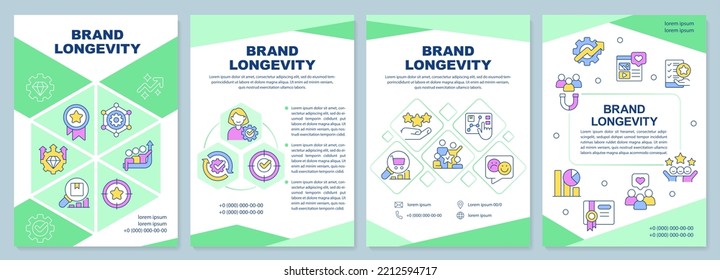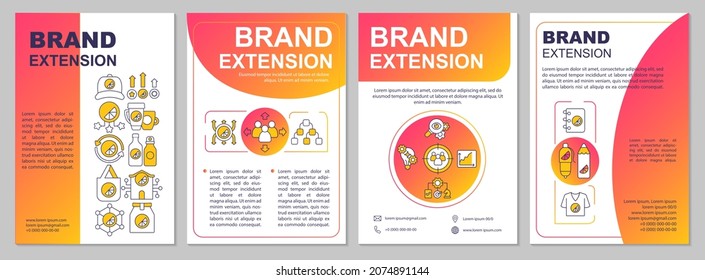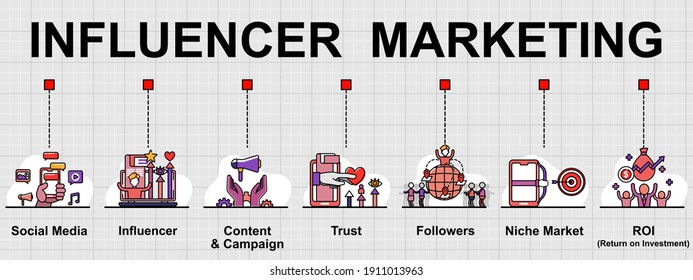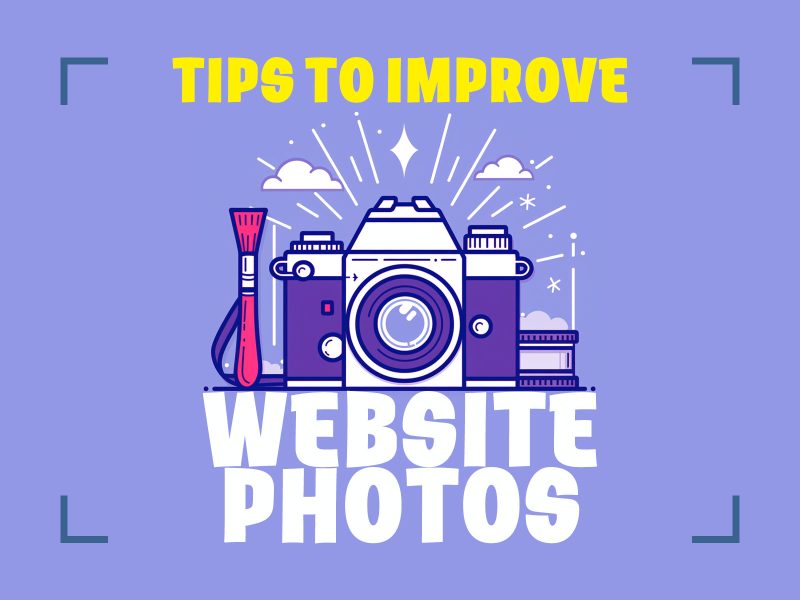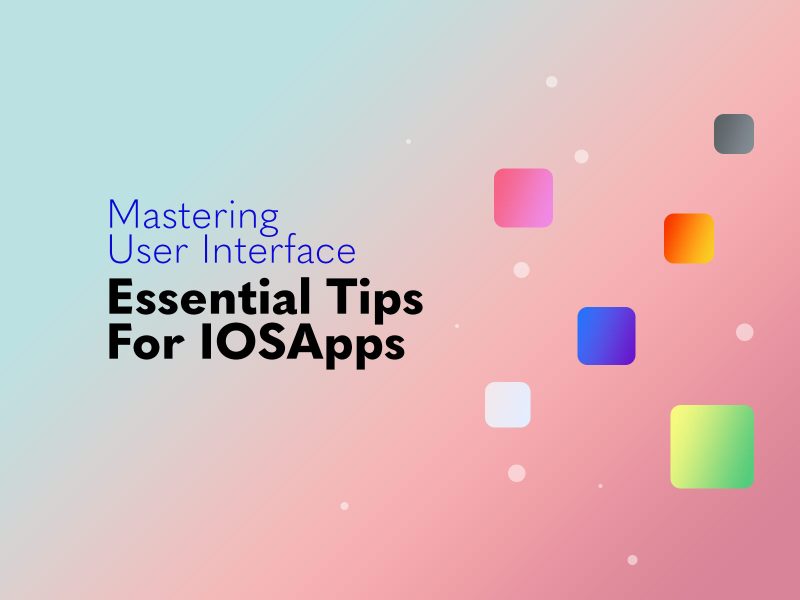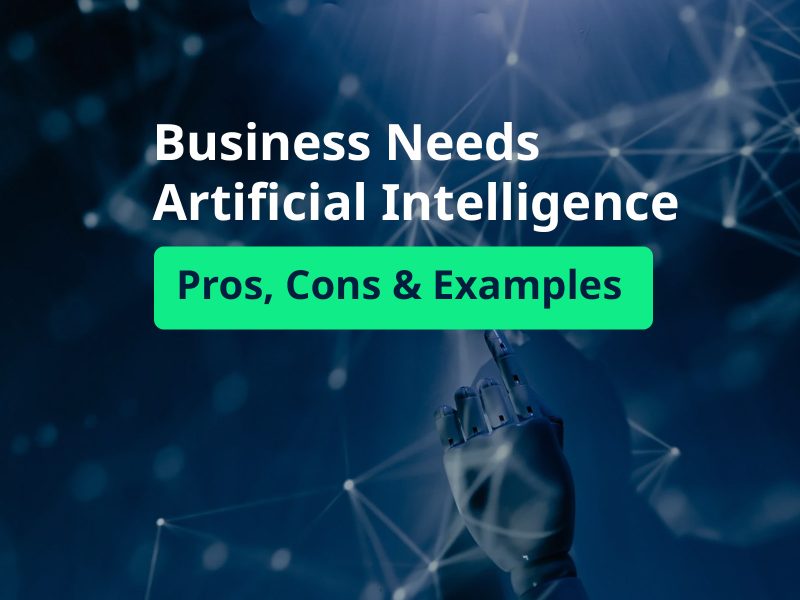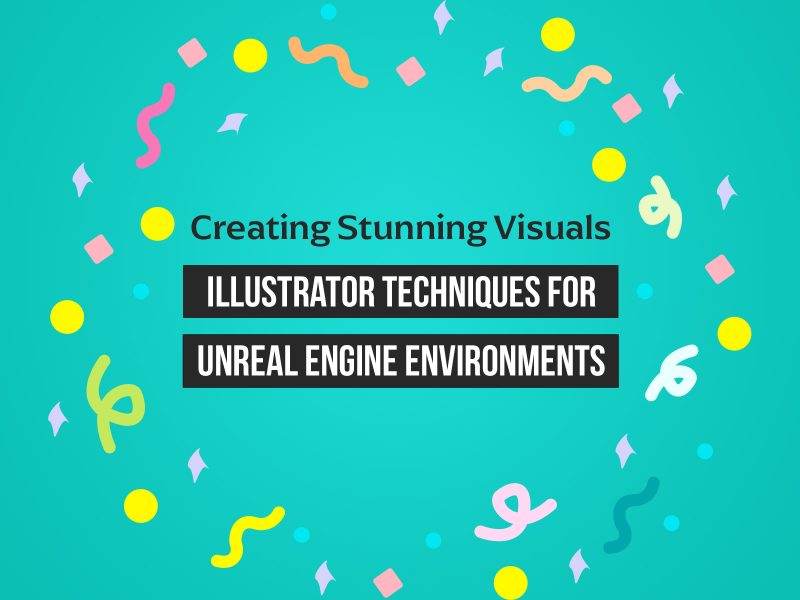Brand development is a service that can help brands reach their goals. It’s about creating meaningful value for your customers and stakeholders, which ultimately leads to brand loyalty. Brand development services can help you reach your audience and keep them engaged with your brand.
Image Credit: Unsplash
The Visual Tapestry: Artistic Narratives in Brand Development
As you’re developing your brand, it’s important to consider how it will look on every platform. Your customers are living in a multi-platform world and may interact with your company on Facebook, Twitter or Instagram, or all three! They might also see it on their laptop screen or smartphone screen. If your design doesn’t translate well across these different devices (and even if it does), then some potential customers could be turned off by what they see.
The last thing that any business owner wants is for people not to take an interest because they’re put off by something as simple as bad aesthetics or poor graphic design. And that’s where brand development services come in to work on the artistic side so that every aspect of an organization’s image perfectly reflects its personality and thus reaches new audiences through adaptations made specifically for every medium that consumers use today – from social media platforms like Pinterest and Tumblr to print ads that can be found in newspapers published weekly in local grocery stores near where people live!
Heartstrings and Emotions: The Emotional Intelligence of Brand Development
Emotions are important. They’re the basis of human relationships, and they play a critical role in how we interact with brands. Emotions are at the heart of every business relationship they drive your brand’s relationship with customers, employees, and investors alike. It’s no surprise then that emotions should play such a prominent role when it comes to business strategy: they’re in the driver’s seat when it comes to human decision-making!
Emotional intelligence (EI) is one way that businesses can leverage emotion as part of their strategy by understanding how their target audience feels about them now and where they want them to go next. This type of OE allows marketers to better anticipate consumer needs and develop more effective campaigns for each stage of the journey to conversion.
Multi-Platform Storytelling: Adapting Narratives for Diverse Audiences
You can tell your brand story in a variety of ways. You can use social media, influencers, email, and more to share your narrative with the world.
You may be questioning: “How do I know which is the best platform for me?” The answer depends on what kind of content you are trying to create or promote. For example, if it’s an interactive piece like an infographic or video tutorial then YouTube might be best because users can interact with it directly through comments or likes/dislikes on their videos. If it’s an article about how someone overcame challenges by using your product then maybe Medium would make sense since they have a built-in commenting system where readers can engage directly with authors while they’re writing posts (and vice versa).
Humanizing Brands: The Personal Touch in Branding
When you think of a brand, what do you think of? A logo? A slogan? Maybe even an image of the product itself. While these things are important in establishing your brand’s identity and setting it apart from competitors, they’re just not enough. To truly develop an emotional connection with customers, you need to humanize your business and that means putting yourself out there as much as possible.
In this article, we’ll explore some ways that you can use storytelling techniques like empathy and authenticity to craft more personal connections with potential customers on social media platforms like Facebook and Instagram (or any other site where people regularly interact). We’ll also talk about how customer service can play an important role in building these relationships by encouraging sharing among customers and how responding effectively when someone does comment can help build trust over time so they’ll feel comfortable talking about their experiences or asking questions later down the road!
Conclusion
As you can see, there are many ways to craft emotion in your brand development. By developing a deeper understanding of the human condition, you can develop more compelling narratives and stories that resonate with your audience on an emotional level. This type of storytelling is not just relevant to brands it’s necessary! With consumers becoming increasingly savvy about what makes them feel good or bad about themselves, we must understand how our products fit into those narratives so they don’t lose touch with their customer’s needs over time.






